I’m home again. But that doesn’t mean I won’t be visiting new (or old) places anymore. I decided that while I’m back in Belgium I might as well check out some places I haven’t been to before or places where I have been, but don’t remember for whatever reason.
I’m a little history freak, so I figured it would make sense to visit a couple of historic sites. Because Belgium, or at least the region that’s now known as Belgium, has been the meeting place of many armies in the past few centuries I decided to visit one of Europe’s most famous battlefields: Waterloo.
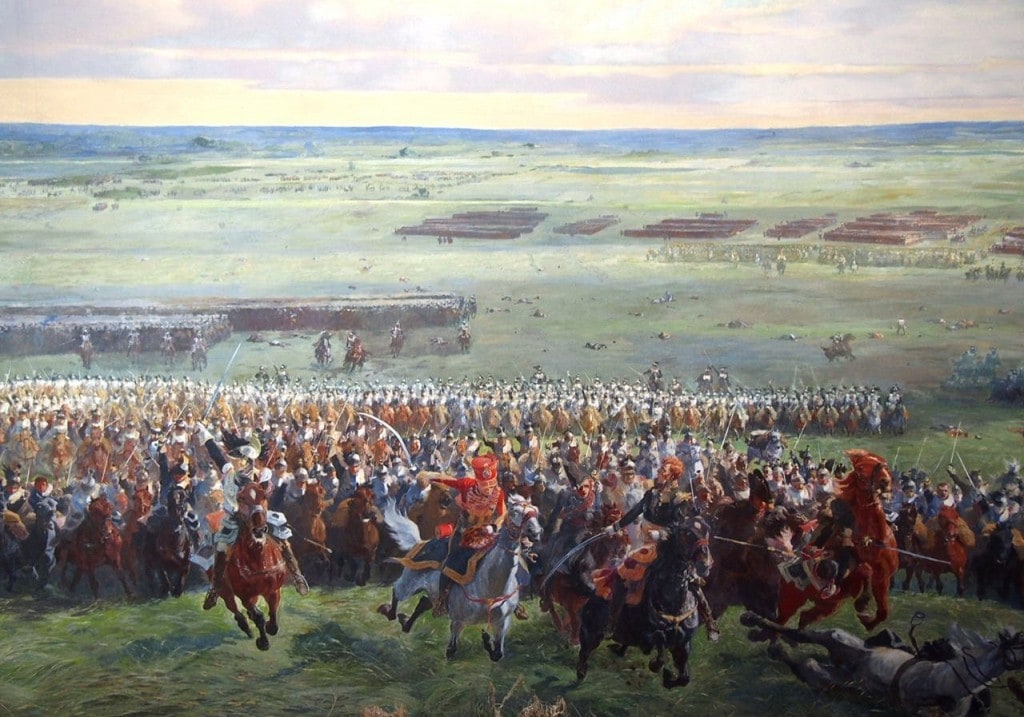
The battlefield of Waterloo is definitely one of most important historic sites in Europe and among the best preserved. The site is landmarked by the Lion’s Mound, a large artificial conical hill. It marks the location where William II of the Netherlands (the Prince of Orange) was wounded during the battle. The lion on top of the hill symbolizes courage and looks in the direction of France. 226 stairs take you to the top, which offers amazing views of the battlefields.
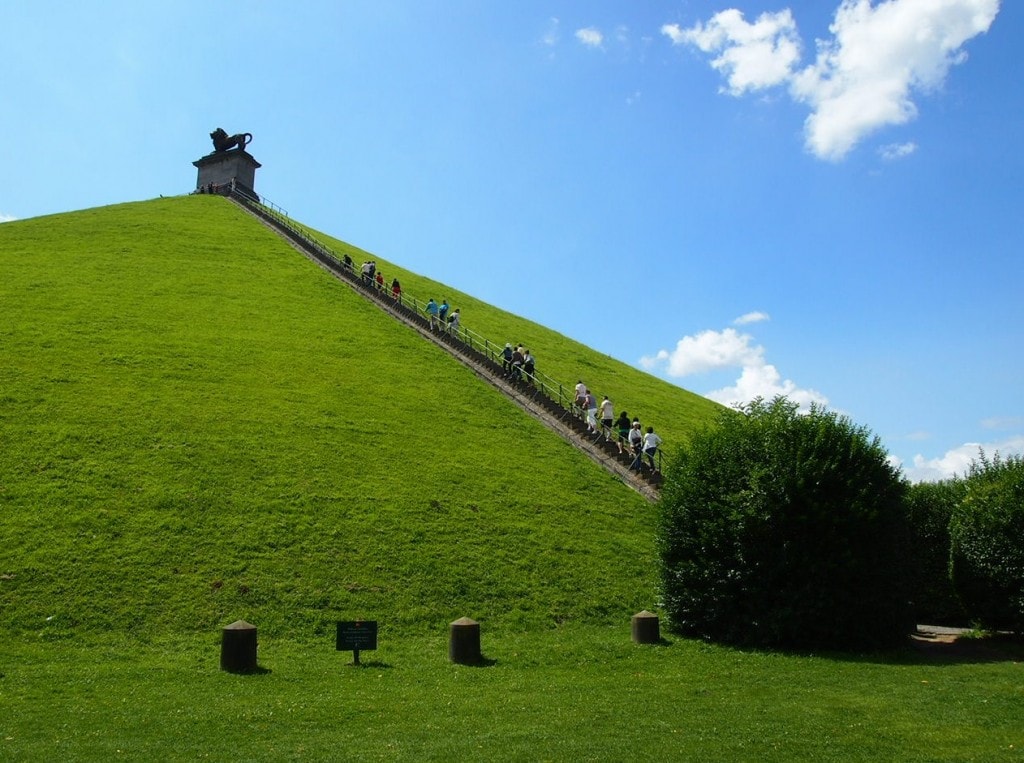
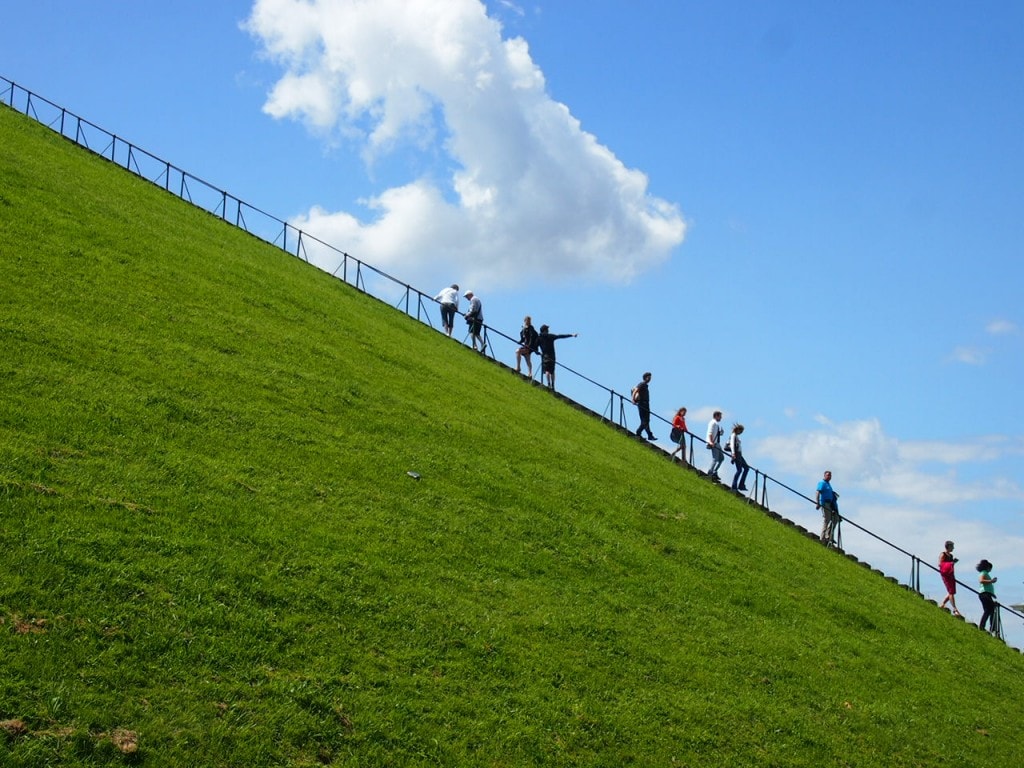
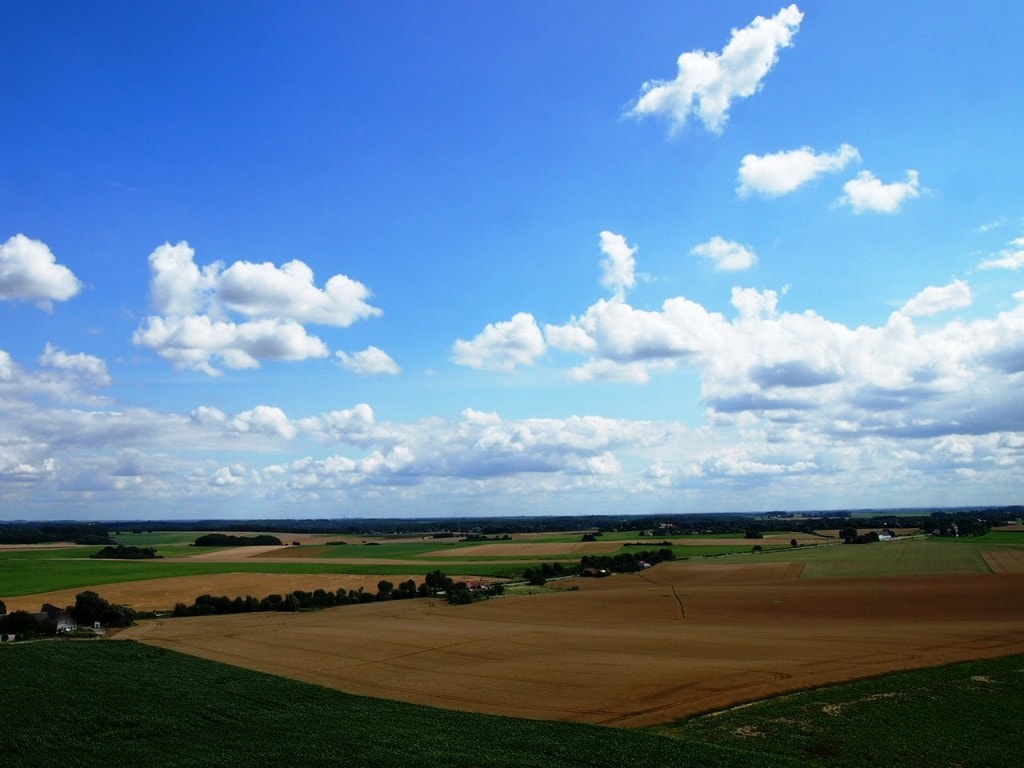
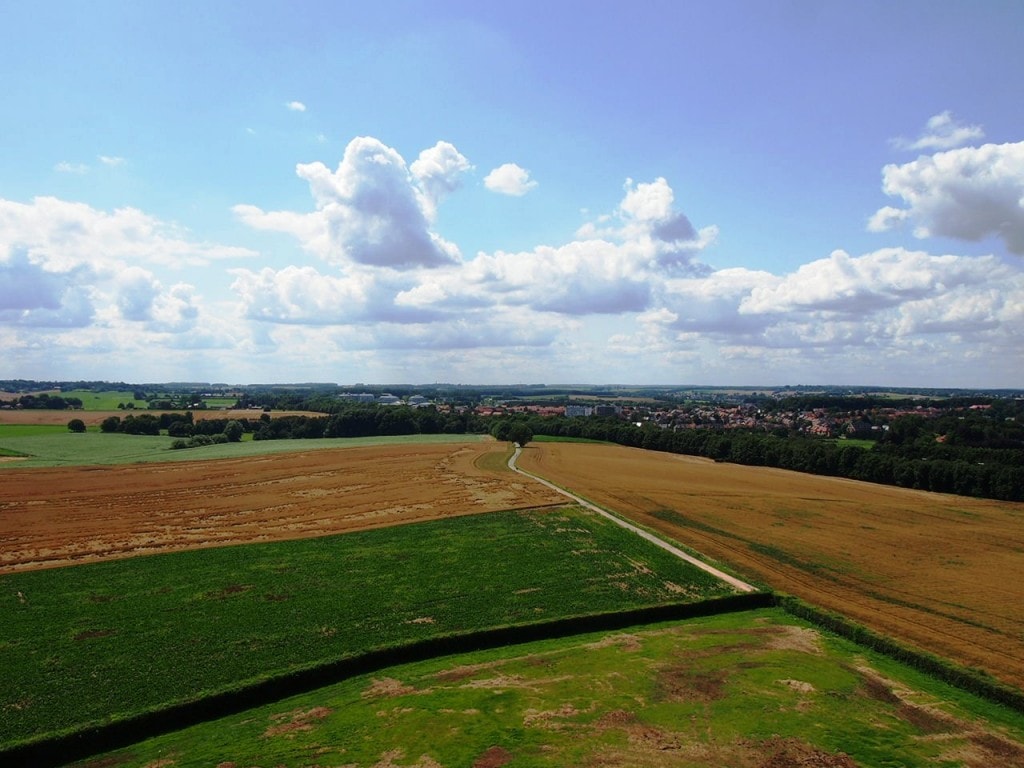
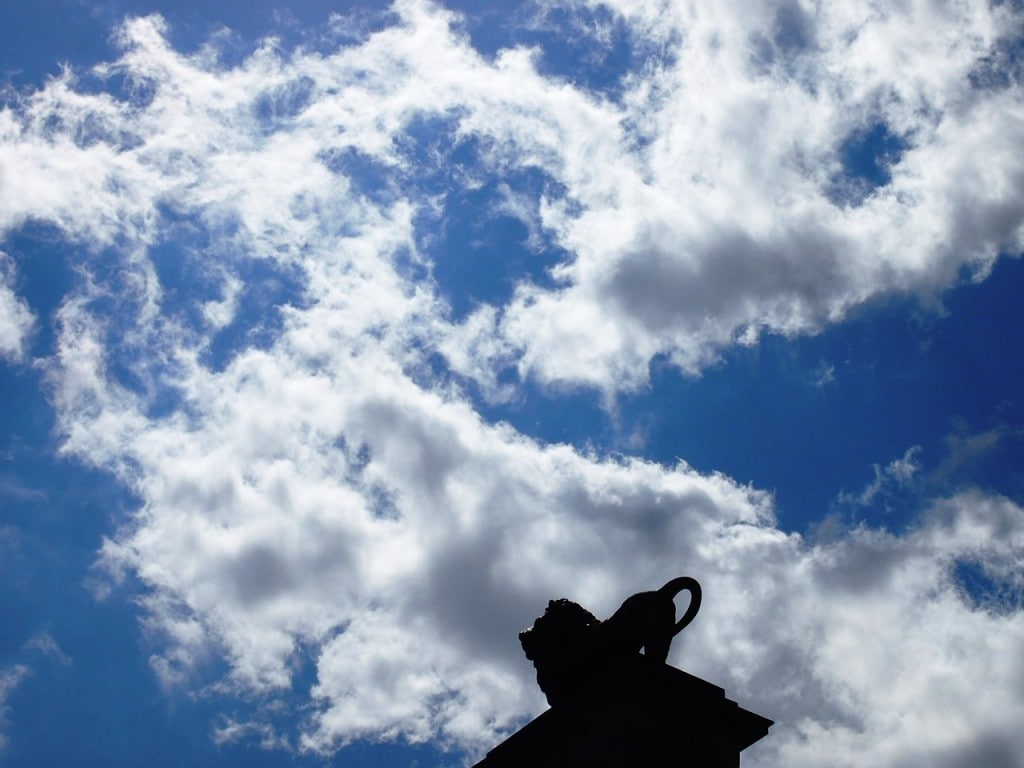
The Battle of Waterloo is regarded as one of the greatest battles in European history, marking the final confrontation between Europe and France, symbolizing the fall of Napoléon and paving the way for a new era of peace in Europe.
Let’s start off with what happened before the battle. After failed campaigns in Russia, Germany and France, on April 6 1814 Napoléon was forced to abdicate and was given sovereignty of the island of Elba in the Mediterranean.
France re-established its borders of 1791 and Louis XVII took the throne. The Congress of Vienna met to redraw the map of Europe. On March 1 1815 however, Napoléon escaped from Elba and landed on French soil with around a thousand troops and, on March 20, marched to Paris where he arrived without any resistance.
The news of Napoléon’s return reached the Congress of Vienna on March 7 and it was decided that four powers (England, Prussia, Austria and Russia) should each send 150,000 men to invade France.
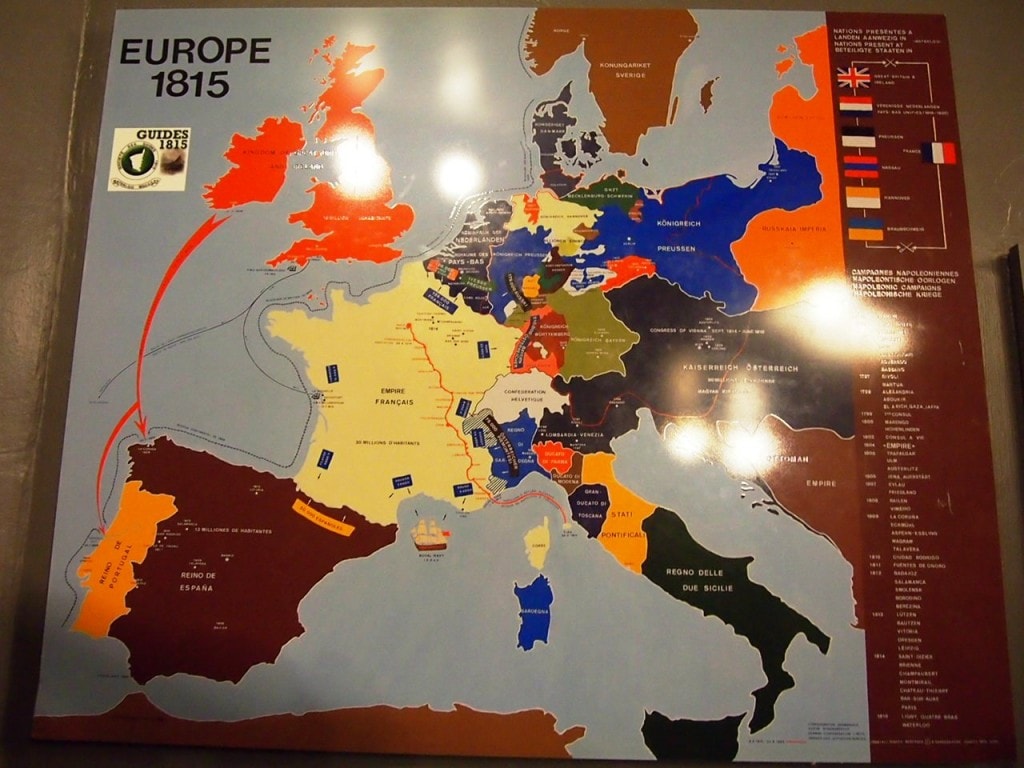
Napoléon had two options: wait for an attack from the allies or to attack to English first and drive them back to the ocean, then defeating the Prussians, before finally advancing to meet the Austrians and Russians.
The British and the Prussians were positioned in Belgium, the former to the north and the latter to the east, along the Meuse and Sambre rivers. Aware of this fact Napoléon crossed the border on June 15 1815.
The English army was stationed in Waterloo (in what now is the Wellington Museum), while Napoléon had set up camp in and around the Caillou farm. On June 18 the French troops, with 67,000 men including 12,000 riders and 266 pieces of artillery, and the English and Belgian-Dutch troops, led by the Duke of Wellington and the Prince of Orange and boasting around 65,000 men including 10,000 riders and 174 pieces of artillery, came face to face. At the start of the battle the Prussian army, led by the experienced general Blücher, advanced to join Wellington.
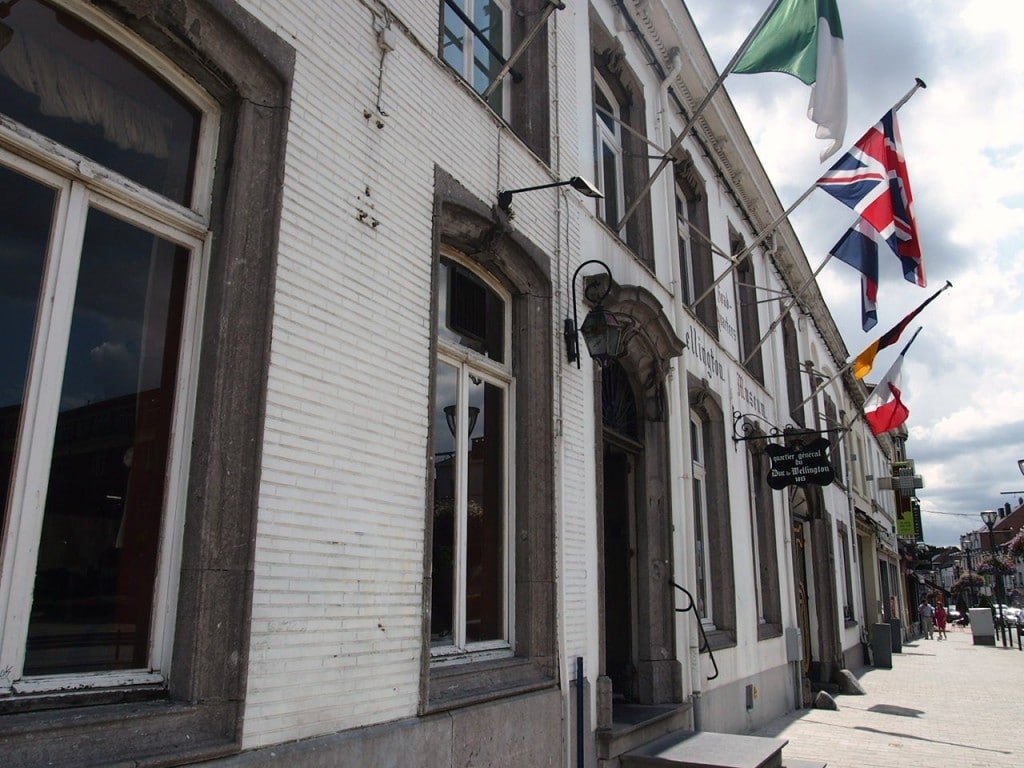
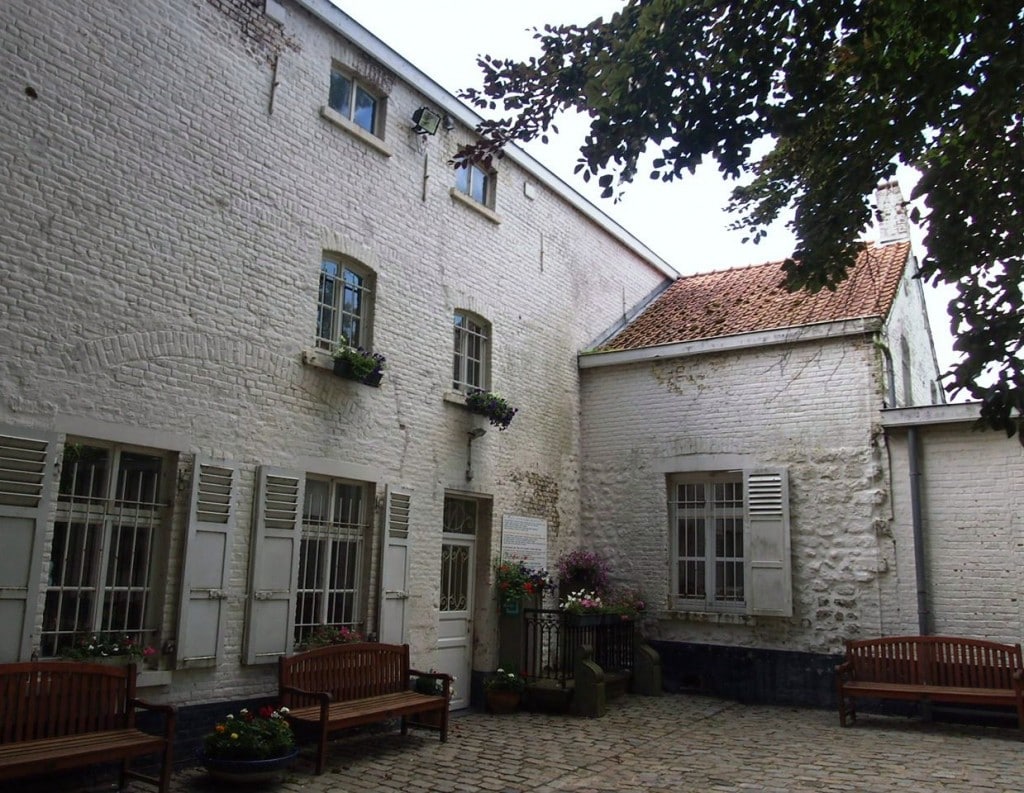
After a fierce and violent 10 hour battle and caught between two armies, the French army finally withdrew in disarray, abandoning virtually all its artillery. Both sides suffered extremely heavy losses. 9,500 men from both sides laid dead on the battlefield, and some 33,000 wounded.
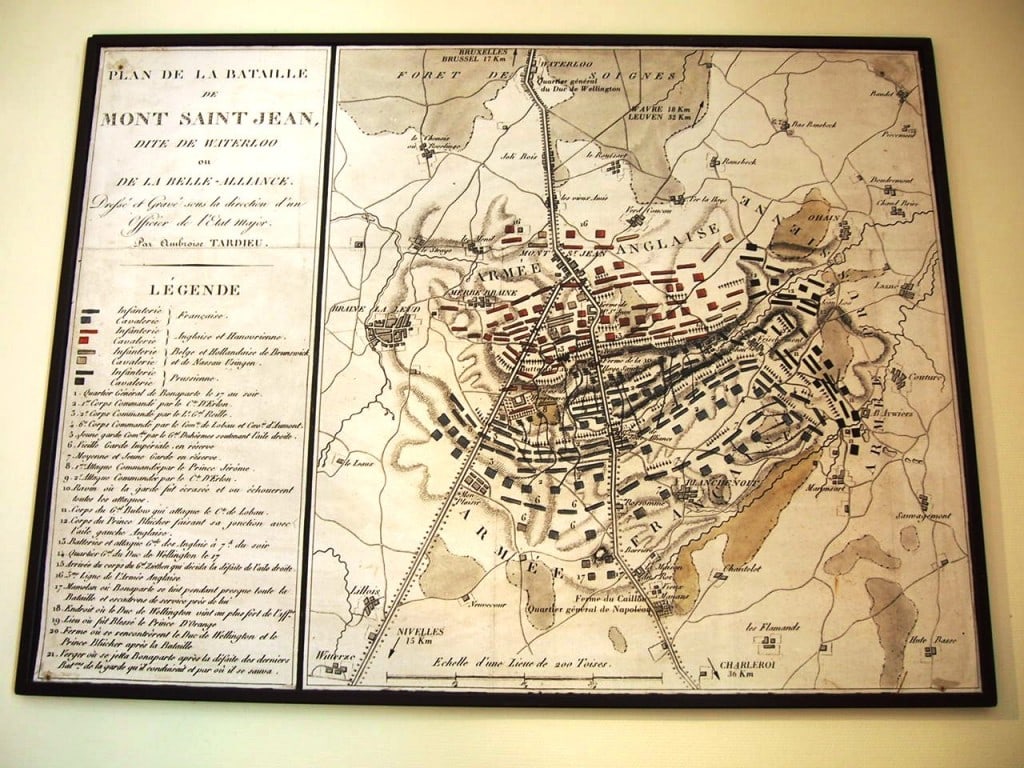
After the battle, Napoléon returned to Paris, where he abdicated on June 22 1815. He was refused safe passage to America and decided to surrender to the English fleet blockading his way out. On July 5 he was taken to the remote Atlantic island of St Helena, where he lived under guard until his death on May 5 1821.
The victory dispatch written by Wellington was sent out from Waterloo, which gave the battle its name. The event had an enormous impact all over the world. 124 towns or sites now have the name Waterloo. Wellington also gave his name to many places worldwide.
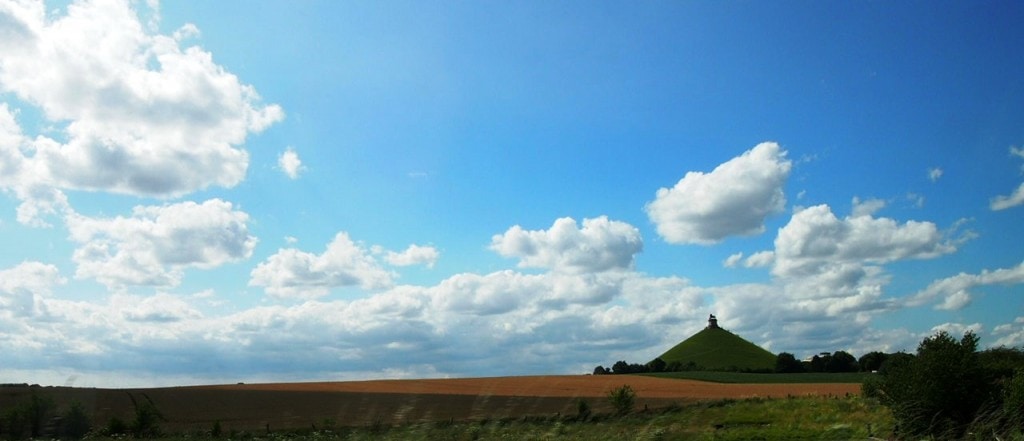
What I always think is funny at places like this, are the people trying to reenact the past. Here, there were men dressed as French cavalry soldiers, charging at some seriously threatening cabbages on a pole.
But as ridiculous as that may sound, it does make you think about how absolutely terrifying it must have been to watch thousands of horsemen charge at you.
Also, one of the actors/horsemen told me something I didn’t know before. I always thought the job of the trumpeter in an army was to play music while marching and fighting to keep the spirits high. Apparently his duty was way more important. The trumpeter actually was the link between the commanders and the soldiers during the battle. He was supposed to deliver orders to the soldiers. In order to be heard above the noise of battle, the trumpeter played different tunes for different commands.
Because they had to be easily recognizable, their uniform’s colors were reversed compared to the other soldiers.
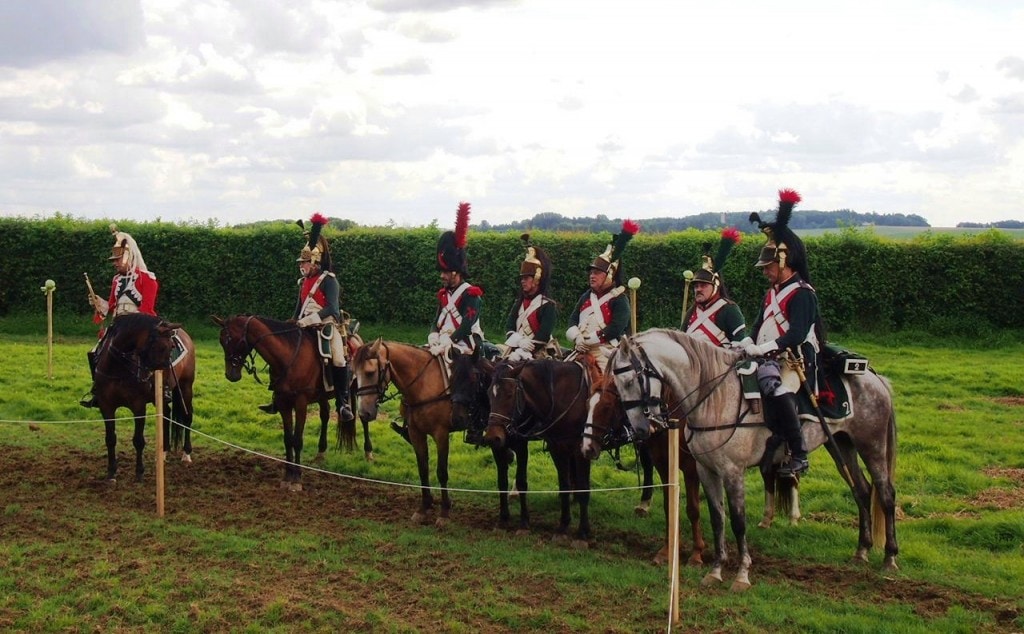
Waterloo was the first of three famous Belgian Battlefields I plan to visit during the following weeks.
Stay tuned for more!
